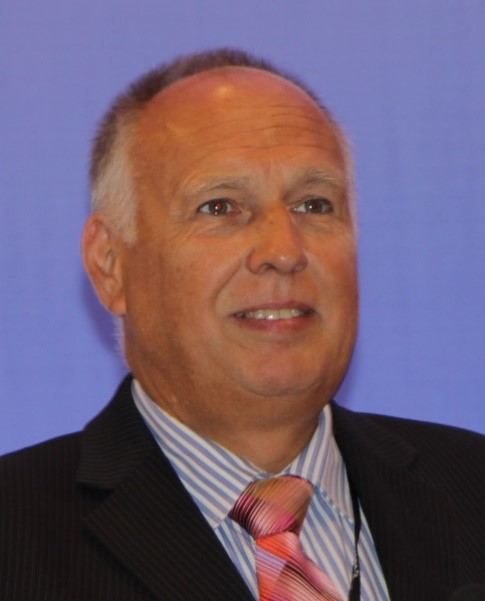Who and what is a sponsor in project management?

The Association for Project Management London branch and Governance Specific Interest Group (SIG) held an evening event earlier this year to discuss the core issues and competencies at the heart of successful sponsorship of change/projects. The attendees had the opportunity to share their experiences and views on sponsorship with round table workshops.
Both APM Body of Knowledge 7th edition and Sponsoring Change 2nd edition define the role of sponsor. The core focus of the sponsor role is ensuring successful outcomes (realise the benefits) as opposed to the project manager’s focus on outputs (deliver the asset or change products).
The effectiveness of the sponsor role is the most important influencer for successful project outcomes As the ‘pivotal’ role, the sponsor straddles the permanent (business as usual) organisation and the temporary project or change organisation, and needs to provide leadership in what is, for many, an ambiguous environment where certainty is lacking.
Who really is the sponsor on projects?
Often there is confusion; the real ‘accountable’ sponsor is often extremely busy with many projects so they have an ‘agent’ to carry out the day-to-day role and interface with the project manager. Some different organisational models were discussed at the event and I suggested adopting a discipline of always having prefixes to the ‘sponsor’ term in order to provide some clarity in pinpointing the real sponsor. The audience discussed some examples such as ‘Executive Sponsor’ to differentiate from ‘sponsor agent’ or ‘delegated sponsor’ in order to be clear about their core responsibilities and those elements that are delegated.
In a contracting organisation there might be an internal sponsor who takes accountability for the contract profitability, leaving the project manager to focus on delivery. However, the ultimate sponsor in the client or investing organisation may be a number of levels away from the immediate contract contact point.

What are the core responsibilities of the sponsor?
From a Board perspective and from a project manager perspective there are various responsibilities. Examples of good and bad sponsorship were shared in the workshop sessions as participants grappled with the roles that they have seen played in their own projects. The participants reviewed the sponsor responsibilities, which are listed in Sponsoring Change 2nd edition and came up with a number of relevant suggestions.
For the Board:
- Provide ‘air cover’; to deflect unnecessary distractions)
- Provide resilience and ensure the Board understands ‘we are in this together’.
- Avoid putting a ‘glorified project manager’ in the sponsor role.
- Establish incentives to perform and encourage people to stay in roles for the duration.
For the project manager:
- Understand what ‘makes your sponsor tick’ and what matters to them.
- Encourage and influence them to focus on things important to their role and avoid them being distracted by the project manager role.
- Have an open conversation about respective roles and what you expect from each other.
- Treat the sponsor as part of the project team.
- Present options to help them make decisions.
What are the perfect features of a sponsor?
We discussed these and came up with a few of our own. A sponsor,
- is a champion who demonstrates commitment and tenacity,
- is a leader in ambiguous environments,
- facilitates and ensures the business is ready to adopt change,
- is a clairvoyant who has a view into the future and manages the context; they need to be able to express what is uncertain in a clear way,
- understands the business,
- owns vision, business case, strategic alignment and opportunities,
- is a governor who is well networked, can manage stakeholders and give direction,
- realises the benefits,
- gives time to feel the pulse of the project to make sure things are running with regularity; like a GP of a patient.
What would your list include? Please share your experiences with us in the comments. Find out more by joining the APM Governance SIG or contact us at gopmsig@apm.org.uk
Image: hvostik/Shutterstock.com


0 comments
Log in to post a comment, or create an account if you don't have one already.